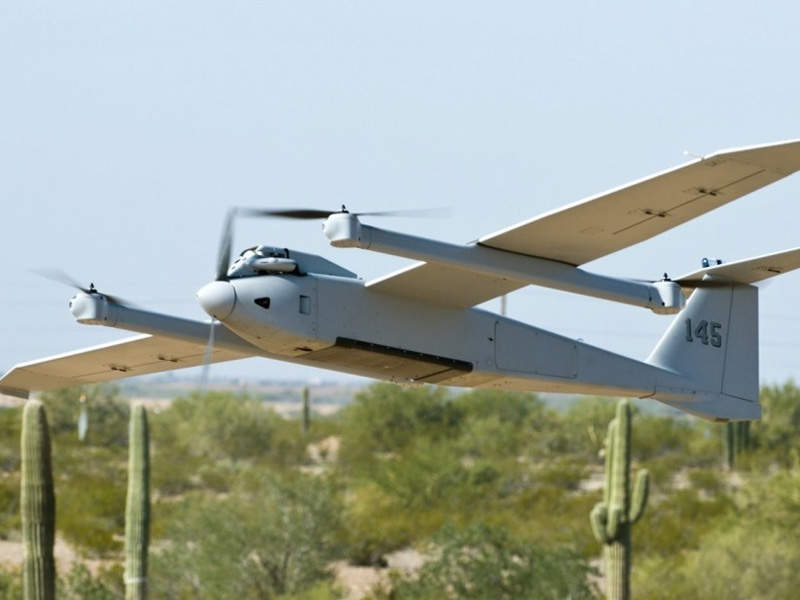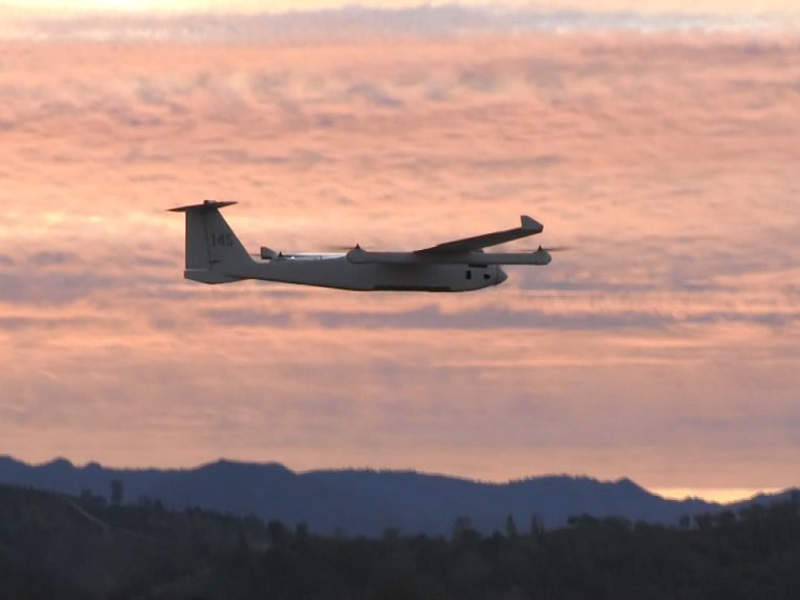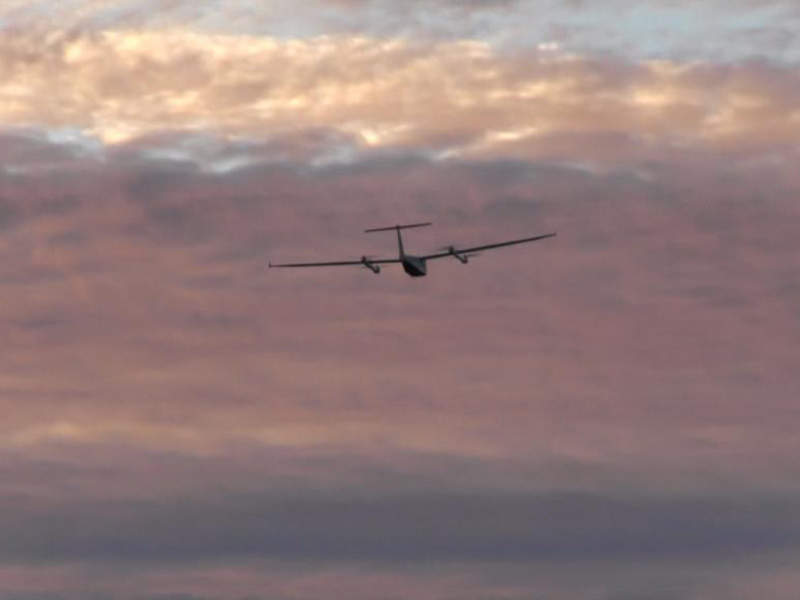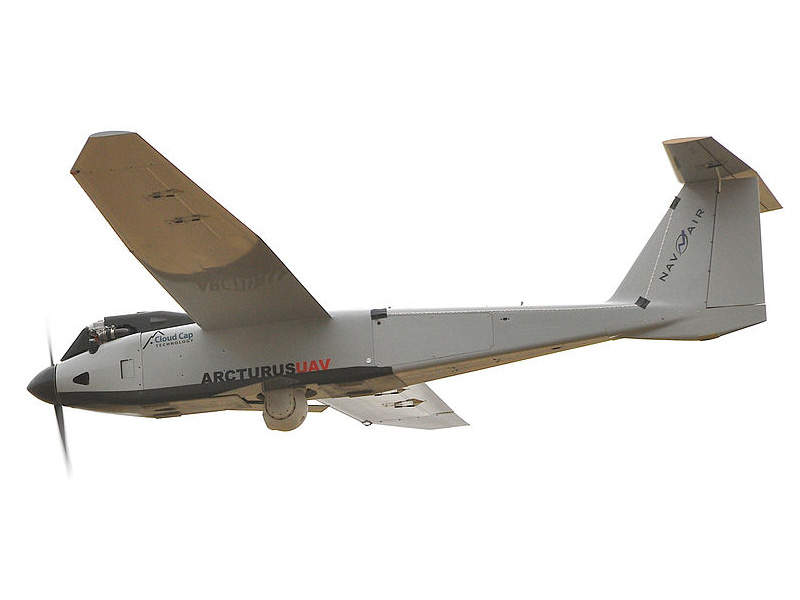JUMP 20 is a vertical take-off and landing (VTOL) variant of the T-20, fixed-wing, tactical unmanned aerial vehicle (UAV), which is designed and manufactured primarily for the US Navy by Arcturus UAV, a company based in the US.
The UAV is intended for use by naval forces for intelligence, surveillance, reconnaissance, and search and rescue missions. It was unveiled in April 2014 and underwent several test flights in January 2015.
JUMP 20 UAV orders and deliveries
The Mexican Navy deployed the JUMP 20 for unstated missions over Mexico in May 2016, approximately two months after the UAV was acquired by the country’s navy.
It has also been proposed for the USSOCOM’s MEUAS III UAS services contract, while its heavy fuel variant has been offered for the Australian Navy’s Tactical Unmanned Aircraft Programme.
Design and features of the VTOL unmanned aerial vehicle
The JUMP 20 VTOL UAV features a monocoque airframe, constructed using composite materials. It comes with two fixed wings arranged in a high-wing configuration, and a tailplane in a T-tail configuration.
The vertical take-off and landing capability is provided by twin vertically mounted rotors fitted to each wing. The UAV’s versatility, combined with VTOL capability, offers low operating costs and increased fuel efficiency.
The UAV has a length of 2.8m, wing span of 5.6m and maximum take-off weight of 95.2kg. Payloads weighing 27.2kg are carried in the payload bay located in the central part of the fuselage.
The tactical drone can be operated by two crew members from the ground control station.
Payloads attached to JUMP 20 UAV
The standard payload options are Cloud Cap Technology’s TASE series gyro-stabilised, gimballed electro-optical / infrared (EO/IR) imaging systems such as TASE400, TASE400HD, TASE400DXR and TASE400LRS. The EO / IR cameras provide imagery and video data and target tracking in real time, both during the day and at night.
The JUMP 20 UAV also carries a number of other sensors, including standard navigation lights, LiDAR, synthetic aperture radar (SAR), communications relay, 3D mapping sensors, communications intelligence (COMINT), and signals intelligence (SIGINT). It can also be optionally fitted with a transponder.
A video / data link, operating in L, S or C bands, transmits real-time sensor data to the ground control station.
Command and control
A Piccolo autopilot provides fully-autonomous flight using a flight control processor and on-board sensors.
The payload data is displayed on computer screens at the portable ground control station, enabling the operator to provide command and control to the UAV through the data link.
VTOL UAV engine
The VTOL UAV uses a four-stroke EFI 190cc petrol engine and four electric motors, each of which is placed in a rotor boom.
The electric motors power the vertically-mounted rotors during take-off and landing, whereas the 190cc engine, driving a nose-mounted two-blade propeller, provides translational power. The engine has a time between overhaul (TBO) of 500 hours.
Performance of JUMP 20 VTOL aerial vehicle
The JUMP 20 tactical drone can fly at a maximum speed of 72k and has a service ceiling of 4,572m. It can transmit data across a range of up to 125km. It can stay in the air for nine to 16 hours depending on mission needs.
Contractors involved
Latitude Engineering supplied Hybrid Quadrotor technology to provide VTOL capability and eliminate the need for a runway.
Cloud Cap Technology was contracted for the Piccolo autopilot and TASE series imaging systems for the JUMP 20 UAV.






